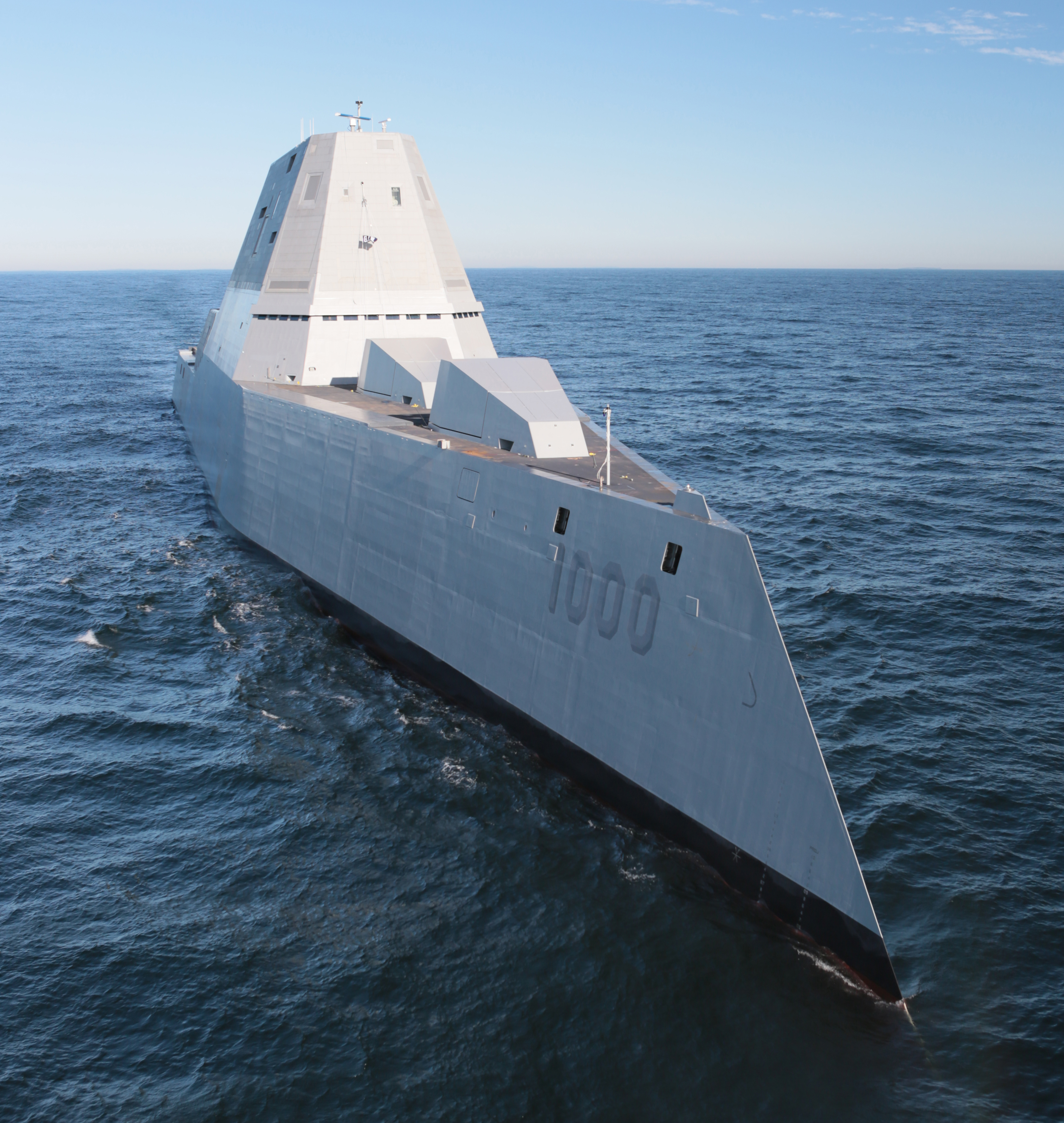NATO: IS THE ALLIANCE RELEVANT TO AND CAPABLE OF RESPONDING TO 21ST CENTURY THREATS?
By MG Rick Olson (USA-Ret)
Special analysis for the National Security Forum
These are difficult times for what has arguably been the most successful defensive alliance in US history.
For close to a half-century the North Atlantic Treaty Alliance—NATO—was a key pillar in the West’s strategy to defend against Warsaw Pact aggression and prevent what would no doubt have been a horrific conflict that could have led to the annihilation of all civilization. The collective military strength of NATO’s members, combined with strong consensus amongst national governments and populations about the need to respond to an attack on one member as an attack on all, proved to be a credible deterrent to any overt act of aggression. Ultimately the strength of the military alliance, and its cohesiveness in the face of enormous pressure, proved decisive in the dissolution of the Soviet Union and the end of the Warsaw Pact.
But the very factors that were critical to the success of NATO are now issues of great concern to the Alliance’s supporters. Significant declines in defense spending in each of the member nations has cast doubt on NATO’s ability to act decisively in the face of a military threat. Of the 28 member states in the Alliance only 5 are currently reaching the target for spending of 2% of GDP—a target that was adjusted down from 3% in the 90’s, partially in reaction to end of the Cold War, but also as an acknowledgment that few member nations were willing to spend at that level. Additionally, recent opinion polls show that fundamental societal conditions that are necessary to insure consensus and commitment within NATO are beginning to crumble. A 2015 Pew Research study found that in 26 of 28 member states less than half the populations think that their nation should be bound to use military force to defend a member state that has come under attack, the US and Canada being the only exceptions.
The Washington Treaty is the foundational document of NATO. It was signed in 1949 and has remained intact, without modification, to this day, despite significant shifts in the geostrategic landscape of the treaty area. It is probably time for a fundamental review of the core principles of the Alliance with an eye towards the changing nature of the threat, NATO’s strategy to address that threat, and the military capabilities that member nations field to support that strategy.
Though enormously challenging, the military threat to NATO during the Cold War was not difficult to understand. Scores of Warsaw Pact armored divisions attacking across the inner-German border was horrifying to contemplate, but in terms of battlefield calculus, relatively easy to plan for.
Planning for military action to be taken against modern-day threats to Alliance members is a nightmare. Terrorism has emerged as the most pressing threat in most NATO nations—at least the threat that has demanded more focus and resources than any other. What is an appropriate military response to a terrorist attack? Can a population even be defended against terrorism at all by the employment of military forces?
The threat of Russian aggression has returned as a concern to NATO, but in a very different form. No longer do most member nations envision an all-out attack to the West. Modern day Russian strategies are far more subtle and in many ways more insidious—agitation in and manipulation of Russian populations living in countries along her borders, infiltration of Russian “partisans” and soldiers who don’t wear uniforms, various forms of military support for friendly factions whose purpose is to make trouble for or overthrow the governments of these border nations.
Strategies and operational concepts developed by NATO are not well suited to the task of addressing these threats. Whether stated or implicit, deterrence strategy has been the Alliance’s preferred recourse in the face of aggression throughout its history. For most of post-WWII history, the prospect of a massive and painful response to an attack on a member nation was sufficient to make an aggressor think twice before carrying out an attack. But deterrence has not proven to be an effective tool to prevent terrorist attacks. And the strategy is problematic in cases where an aggressor can maintain some distance from or plausible deniability for actions that threaten the government of a member nation as Russia seems to have been able to do in the case of a non-NATO member (Ukraine) and appears to be prepared to do in the case of certain particularly vulnerable NATO states (e.g., the Baltic republics).
It follows then that capabilities being purchased and fielded by NATO nations may not be optimized to support a strategy to meet current threats to the Alliance. In this regard the US, NATO’s stalwart when it comes to sharing the burden of total Alliance defense spending, should not be exempt from critical analysis. How much of the $2-3 trillion that we have spent on the Iraq War has gone to funding capabilities that are relevant to NATO defense? Is there a realistic role for the weapons systems that are being fielded today given likely scenarios for conflict in NATO?
The end goal desired by NATO throughout its history—collective defense—has been an important factor in shaping the post-WWII security environment in Europe, which has resulted in tremendous collateral benefits enjoyed by the entire region. But in the absence of a credible narrative about what the purpose of NATO is—who is being defended against what, by what means and at what expense—this important element underpinning cooperation and cohesion in Europe will be seriously challenged, at a time when Europe is badly in need of forces that promote both.
Major-General Eric “Rick” Olson commanded the 25th Infantry Division and all US forces in Afghanistan, and was the Commandant of Cadets at West Point

